 Hyunjin Lee, Ph.D.
Hyunjin Lee, Ph.D.
Principal Researcher CSP Technology
Solar Thermal Lab
Korea Institute of Energy Research (KIER)
Friday, May 16, 2014
11:00 A.M.-12:00 P.M.
Warnock Engineering Bldg. (WEB) 1450
In CSP technology, the concentrated solar radiation heats up a working fluid to drive turbines or engines for electricity generation. Thanks to indirect energy conversion based on thermal nature, CSP offers unique values such as electricity generation even during night via cost-competitive thermal storage and easy hybridization with other thermal sources. Although CSP is a good renewable energy source, it has attracted little attention in Korea because of low solar insolation. However, recent renaissance of CSP stimulates Korean engineering & construction companies to participate in the global market.
Apart from recent industrial interest, CSP research activities in Korea date back to early 1990s. This presentation will start with a brief overview of past achievements such as dish-Stirling system, solar furnace, and central-receiver solar power plant. The main focus will be on optical modeling and measurement technologies, which enable to evaluate performance of solar concentrators and solar receivers. Optical modeling uses the Monte Carlo ray-tracing method to calculate the solar flux concentrated by sun-tracking reflectors. The modeling includes physical phenomena such as solar limb darkening, cosine effect, reflectivity, shadowing & blocking, air transmission, and tracking error. On the other hand, optical measurement uses the so-called flux mapping method, in which the brightness distribution of reflection image from a Lambertian target surface is converted into the solar flux distribution. Both modeling and measurement technologies allow assessing concentrator efficiency, concentration error, and receiver efficiency and designing concentrator, receiver, and plant in detail.
Bio:
Hyunjin Lee received bachelor and master degrees from Mechanical Engineering in Seoul National University. He studied radiative properties of rough surfaces, pursuing doctoral degree in Georgia Institute of Technology. After gaining industrial experiences in Korea, he joined solar thermal team in Korea Institute of Energy Research (KIER) in 2009. Since then, he has been working for CSP technology.

